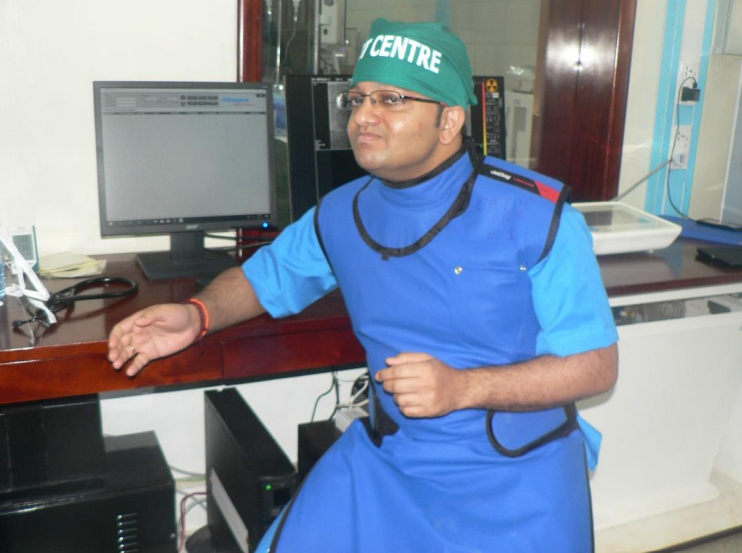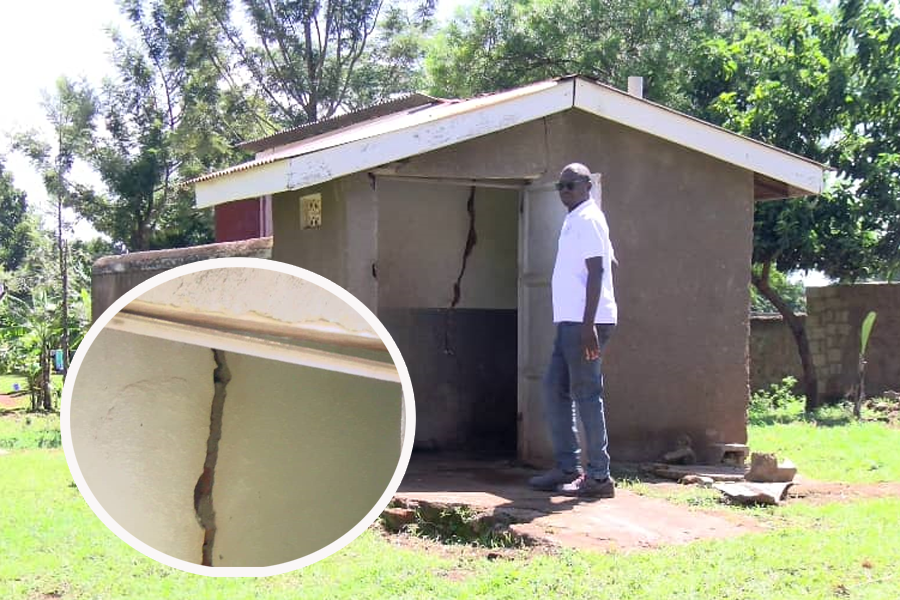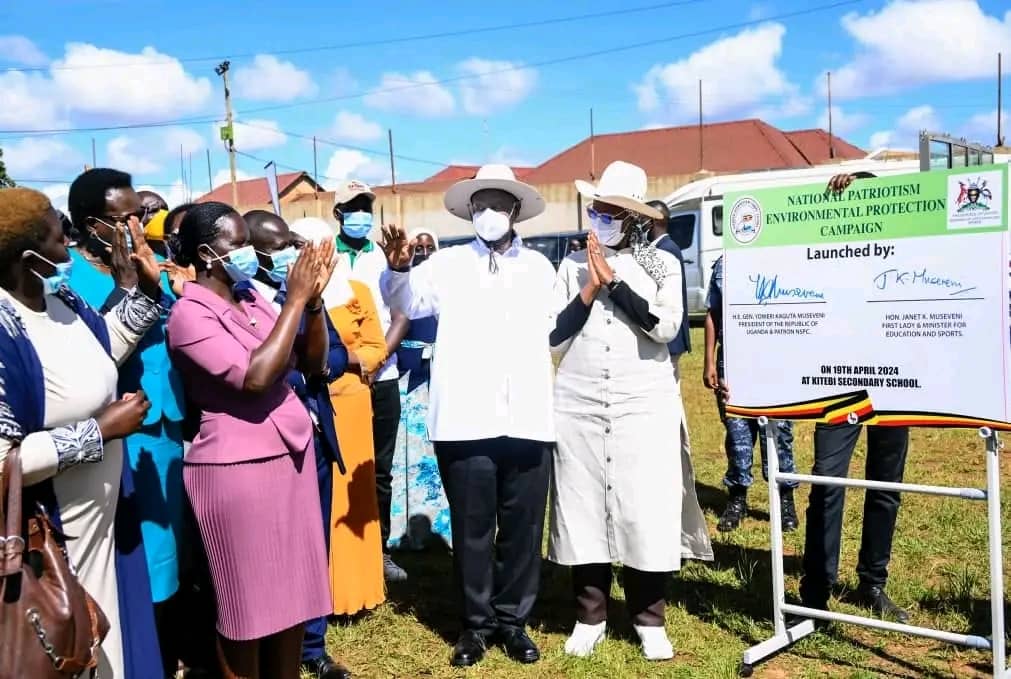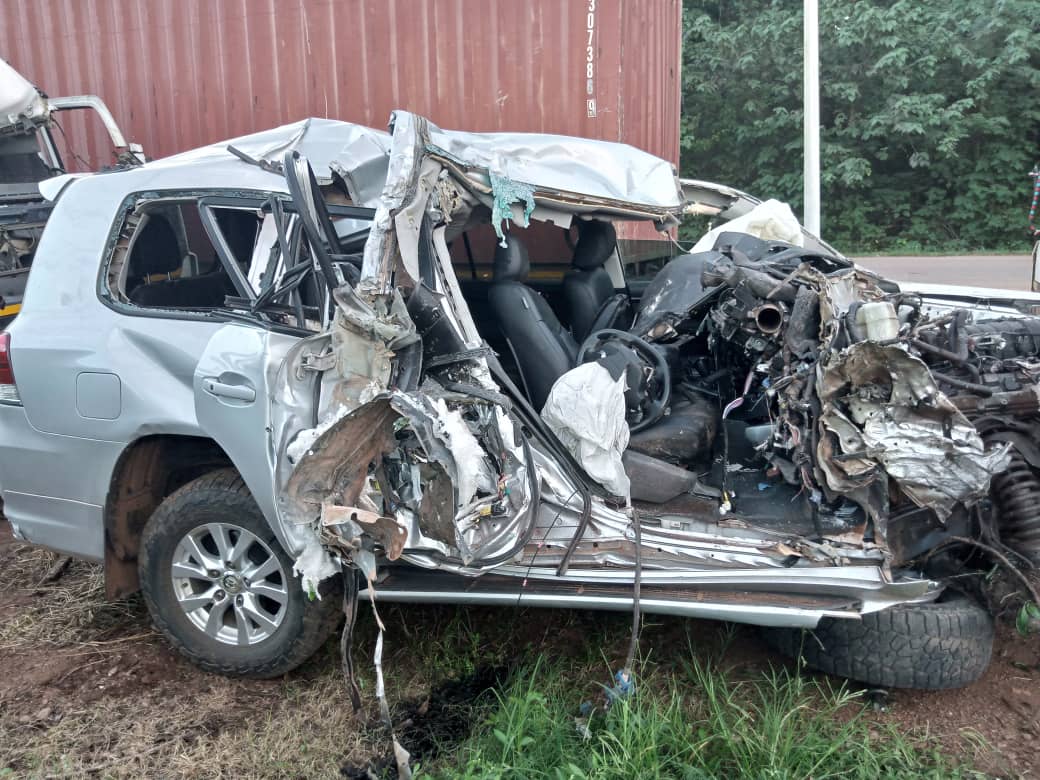HOSPITAL TALK: Signs to watch out for to avoid heart attacks, cardiac arrest
Dr. Shetty Sanmath
Heart attack, or in medical terms myocardial infarction, is the commonest form of heart disease seen in the adult population and it is as a result of a process called atherosclerosis, which leads to narrowing of the arteries carrying blood to the heart muscle. The plaque deposit on the walls of the arteries can get ruptured leading to clot formation causing sudden occlusion of blood flow thereby leading to necrosis of the heart muscle due to starvation of oxygen and nutrients.
How is heart attack different from cardiac arrest?
Many times, people use the 2 terms interchangeably but they actually represent completely different events. Heart attack is a circulation problem where blood supply to the muscles of the heart get stopped suddenly. Cardiac arrest is where the heart malfunctions and suddenly stops beating due to an electrical problem. Heart attacks can lead to cardiac arrest and if not managed promptly, can result in sudden cardiac death (SCD). The commonest electrical problem which leads to cardiac arrest is a chaotic rhythm abnormality called ventricular fibrillation. The condition needs to be diagnosed early and can be reversed by cardiopulmonary resuscitation (CPR) and electrical cardioversion (DC shock) using a defibrillator. Survival can be as high as 90% if the DC shock is given within the initial 2 minutes after a cardiac arrest due to ventricular fibrillation and it reduces by 10% for every additional minute of delay thereafter.
Major risk factors for coronary artery disease include advanced age, sedentary lifestyle, hypertension, diabetes mellitus, obesity, high cholesterol and cigarette smoking. As nearly 75% of the sudden cardiac death (SCD) is attributable to Coronary Artery Disease, optimum management of these risk factors in consultation with your cardiologist is the best way to prevent sudden cardiac deaths. The American Heart Association (AHA) recommends following Life’s Simple 7 for a healthier cardiac health.
1.) Get active: Try to get at least 150 minutes/ week of moderate aerobic exercise and 75 minutes/week of vigorous exercise or a combination of both preferably spread throughout the week.
2.) Eat better: Eat a diet full of fruits, vegetables, whole grains, low fat dairy products, poultry, fish and nuts. Limit sugary food and drinks, processed meat and salt.
3.) Lose weight: to lose weight, you have to burn more calories than you eat. Maintaining a balance between healthy eating and physical exercise will help achieve your ideal weight.
4.) Control Cholesterol: Cholesterol comes from two sources, from both your body and food. Regular exercise and eating healthy foods will help lose cholesterol.
5.) Manage Blood Pressure: Eating healthy and reducing stress will help reduce blood pressure. If you are a hypertensive, you may need to take medicines in consultation with your physician to control blood pressure.
6.) Reduce blood sugar: Low carbohydrate diet and regular exercise help to control blood sugar levels.
7.) Stop Smoking: Cigarette smoking as well as passive smoking can both increase your risk of heart attacks.
Understanding the signs, symptoms and how heart attacks and/or cardiac arrests occur is crucial for not just the patient but also medical practitioners and health facilities because often times with heart related complications, you only have a fraction of a second to make an intervention that could save a person’s life. Most times, that intervention could be as critical as referring a person in time to a heart facility such as Kisubi Hospital for immediate and further intervention. As a health facility or medical person, sometimes, your knowledge of such basic information is the thin line between life and death.
 Dr. Shetty
Dr. Shetty
Written by Dr. Shetty Sanmath - Interventional Cardiologist at Kisubi Hospital
MBBS, MD (General Medicine), DM (Cardiology)













